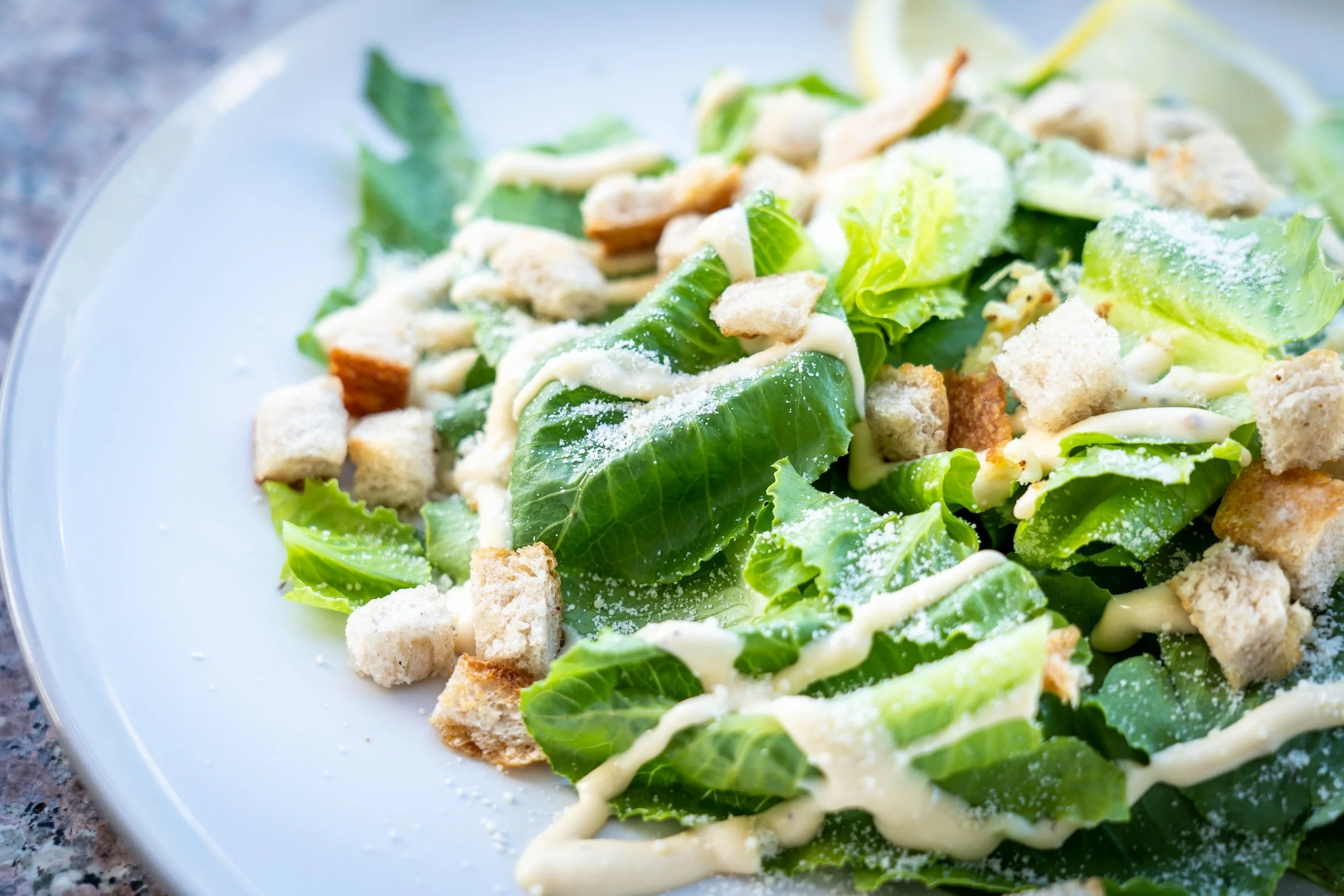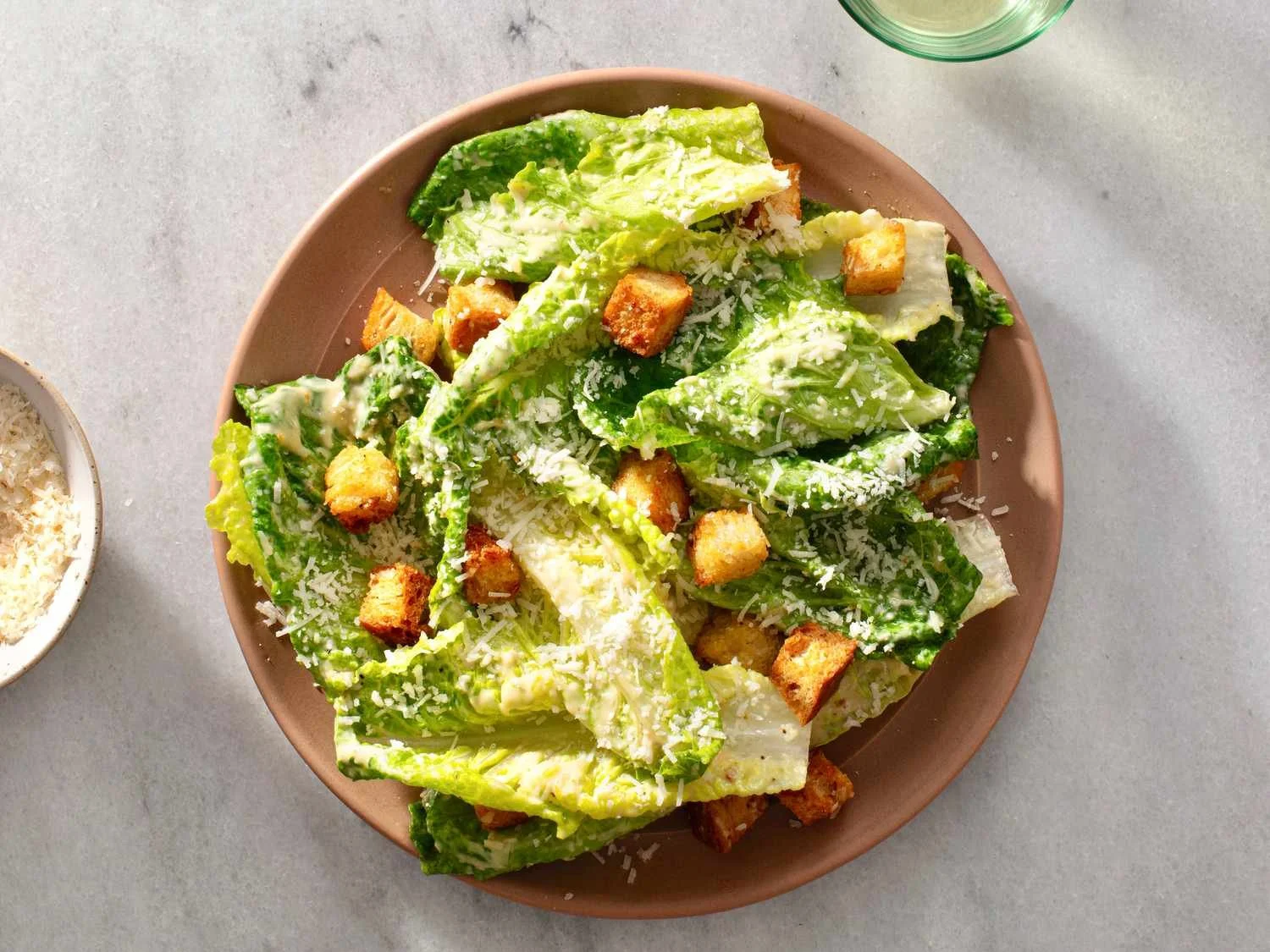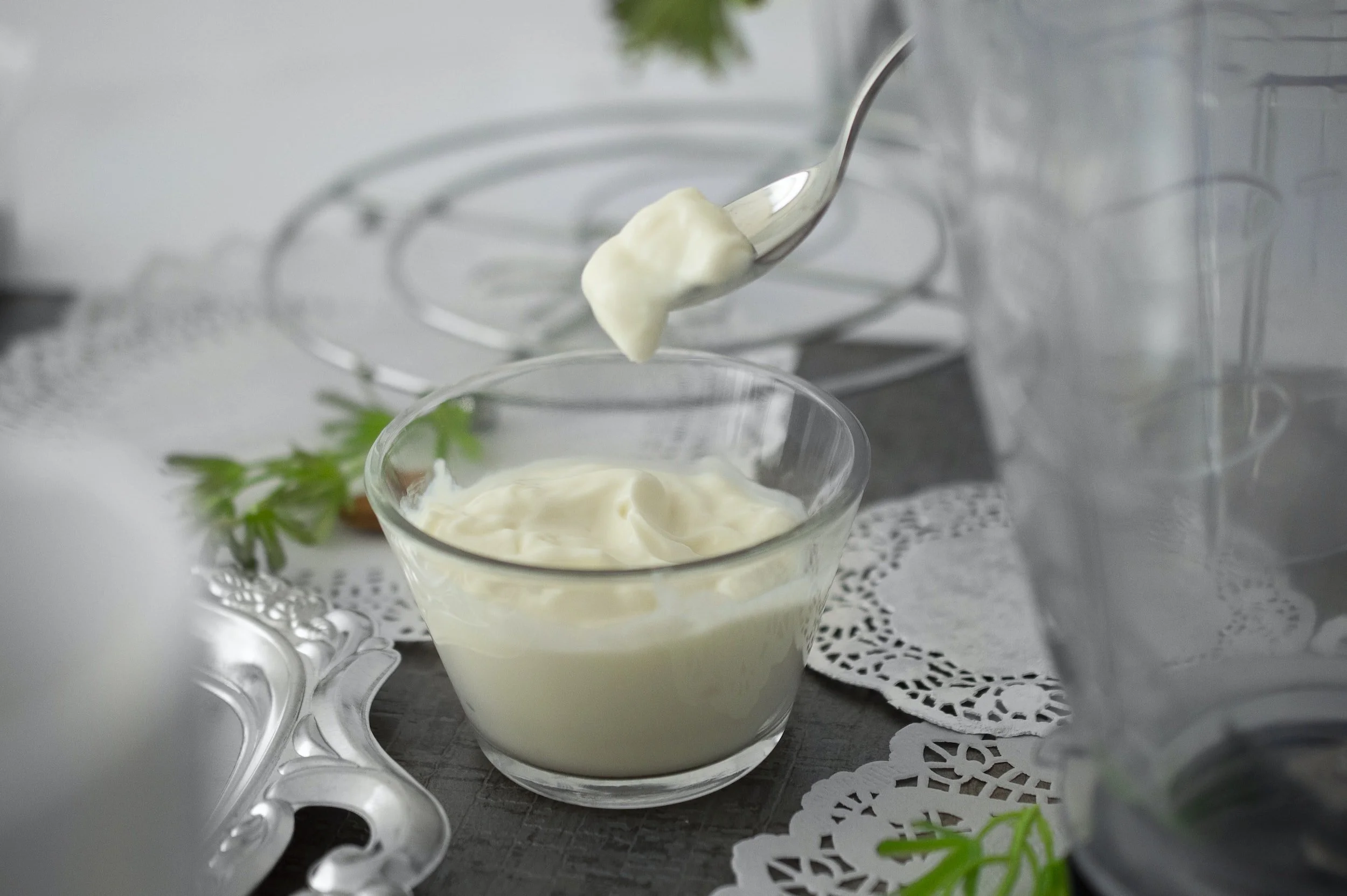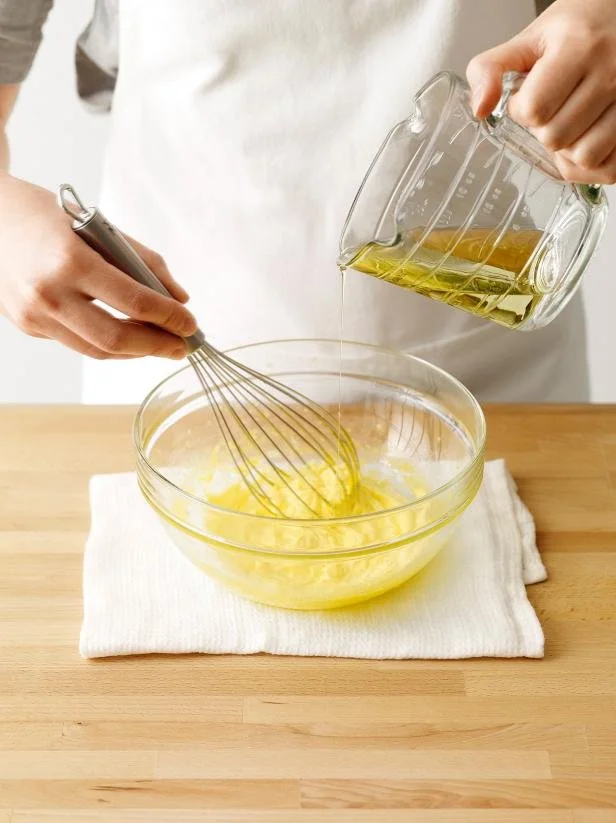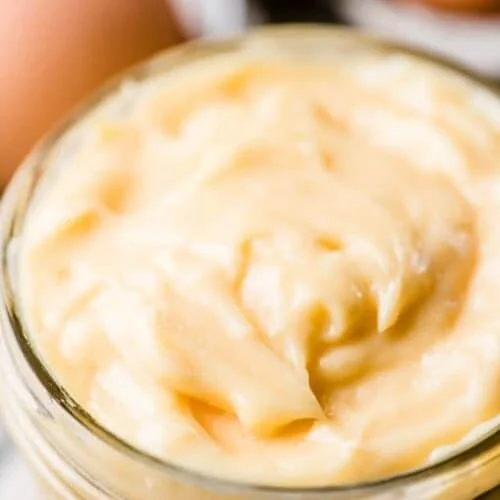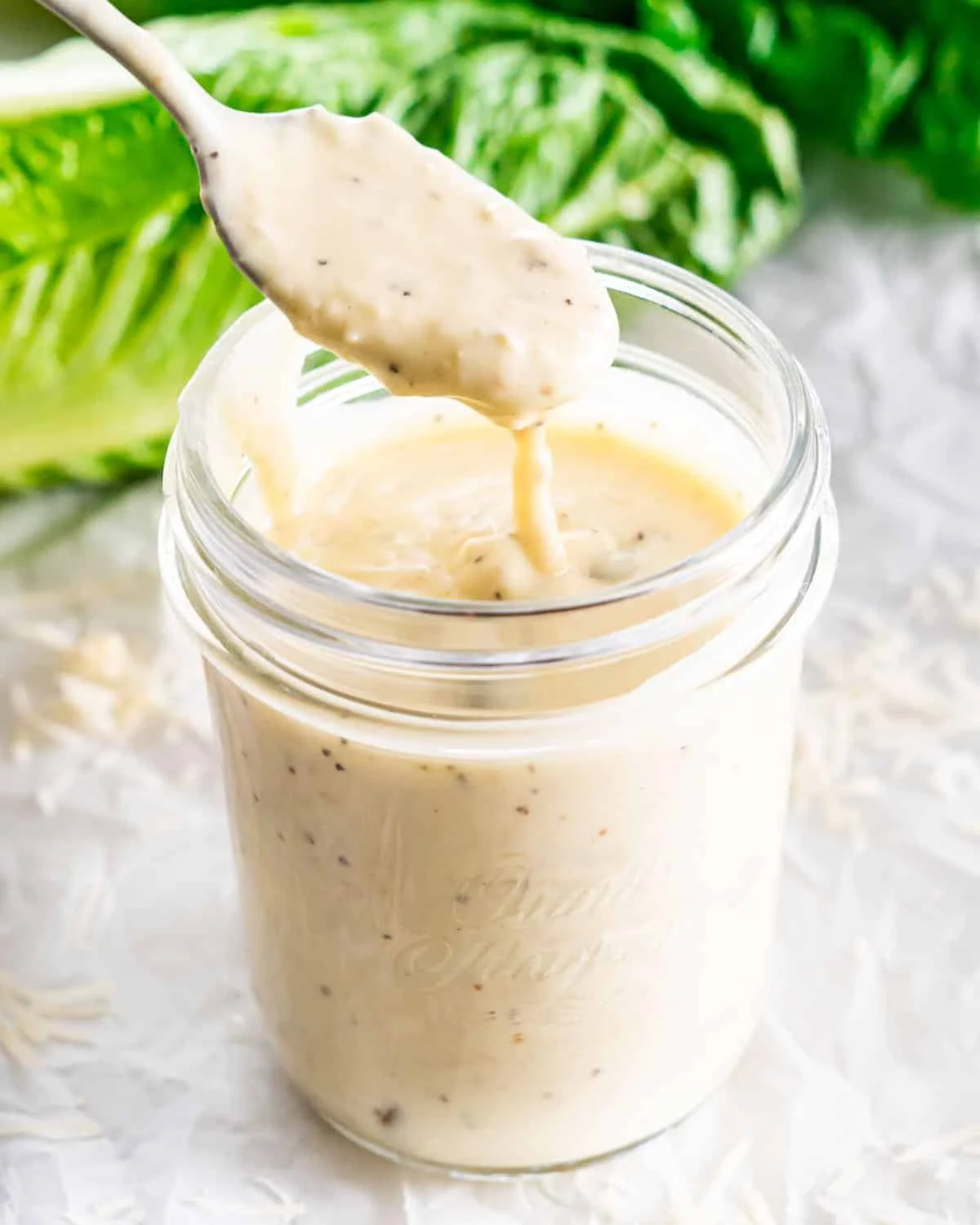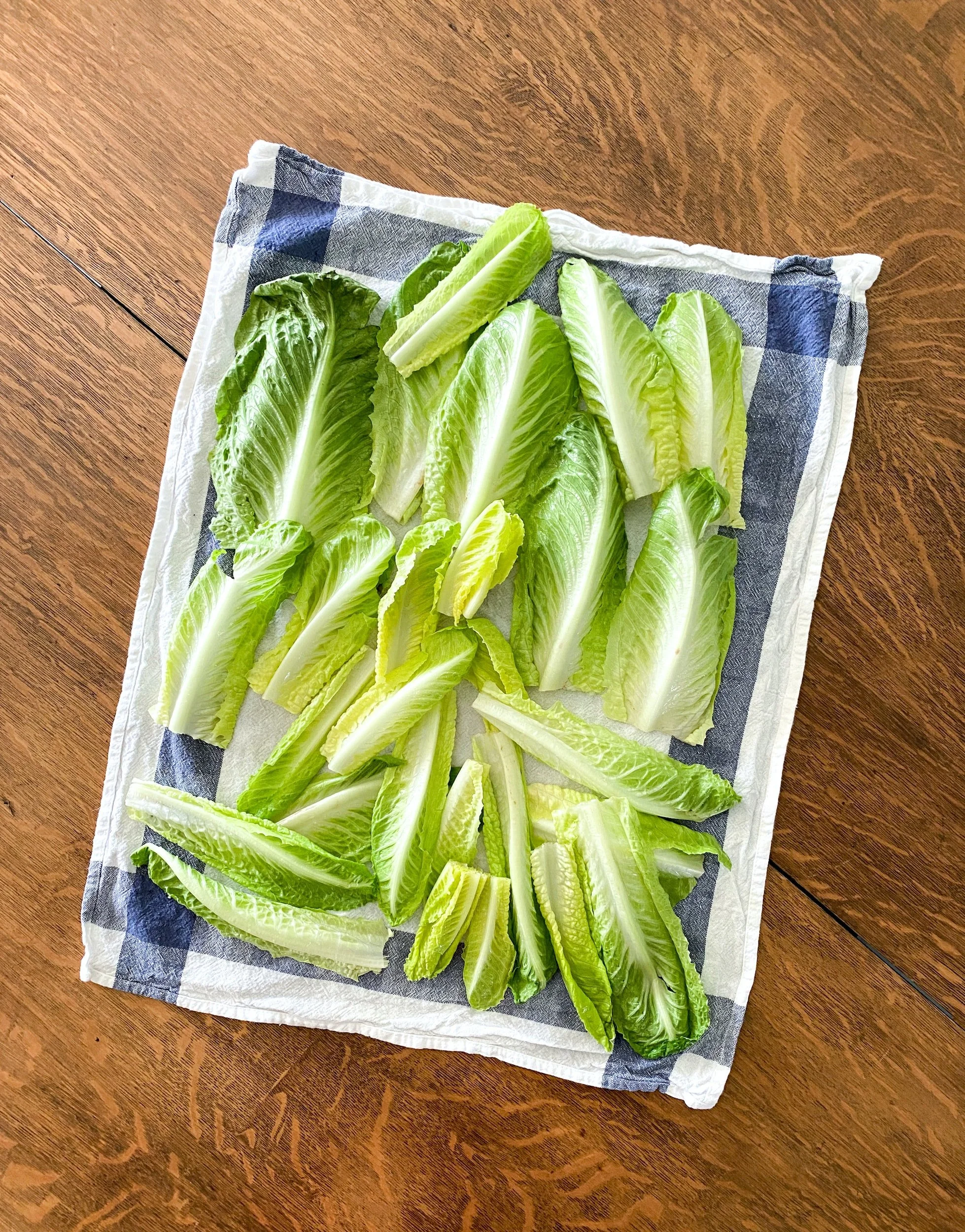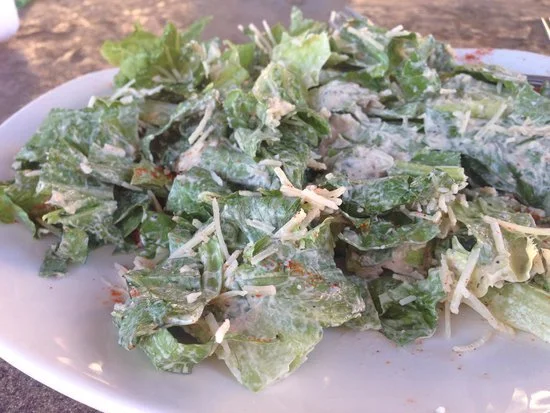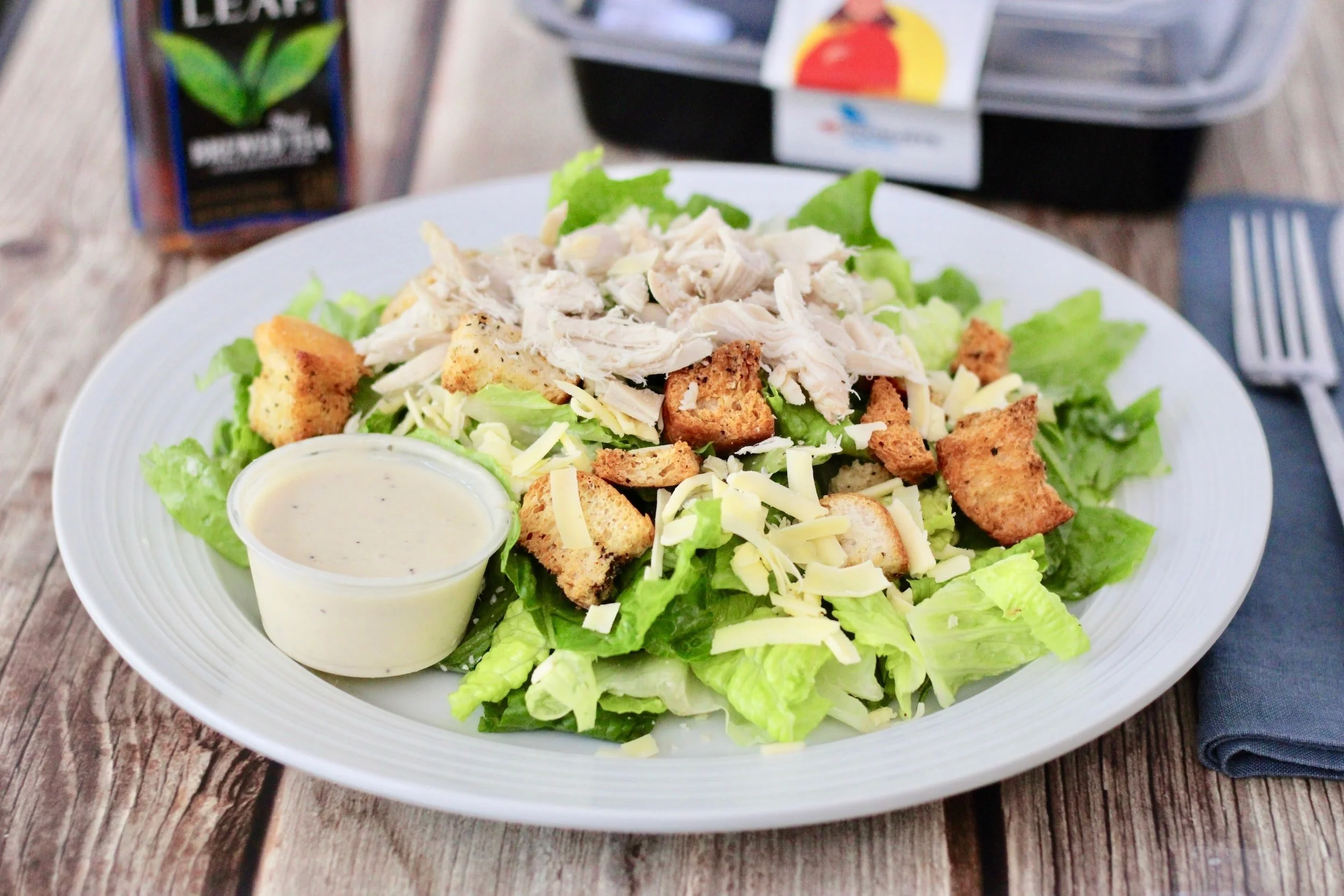YPDIW: Caesar Salad
Caesar salad is, without question, the most popular salad in the world. Hearty romaine lettuce tossed with a gutsy dressing made with garlic and anchovies, topped with shaved parmesan and crunchy croutons.
As simple as a Caesar salad can be, I have had some pretty sad salads in my time; dressing isn’t as flavorful, limp lettuce, and soggy croutons, so today I will be sharing how you can make one of the most iconic salads with your eyes closed.
If you like the article you are about to read, then make sure to subscribe to my blog and show your support!
Believe it or not, Caesar salad was not invented in Italy or anywhere near it; it was invented by a chef named Caesar Cardini, an Italian chef who owned a restaurant in Mexico.
The story goes that the chef needed to come up with a dish to impress some friends that had dropped by the restaurant, something that he could prepare in front of his guests.
Considering this was towards the end of the week, supplies were running low, but amongst the ingredients, Chef Cardini had were lettuce, bread, garlic, eggs, lemons, parmesan, and Worcestershire sauce (no, it wasn’t originally anchovies, it just tasted that way because Worcestershire is made form anchovies)
So, doing what any chef would do, he cut up the lettuce into strips, toasted the bread into croutons, and made a dressing tableside with the rest of the ingredients, and thus the Caesar salad was born!
Now let’s figure out how modern cooks are doing this wrong.
The first thing people do wrong when making a Caesar is bottled Caesar dressing. I get it; sometimes, we are lazy and want to whip up something quick and easy. Unfortunately, bottled Caesar dressing is not the solution; It’s too thick, tastes like dry parmesan and old garlic, and is likely loaded with preservatives and other additives to keep it shelf-stable; you do not want this on your salad.
Caesar dressing is mayonnaise with garlic, anchovies, lemon, and parmesan. Store-bought mayonnaise is acceptable for this, but if you want to show some extra love and control over what is going into your salad, then I suggest making the dressing. It’s not hard, but you do need to follow some basic guidelines.
In a large bowl, whisk together one egg yolk, one teaspoon of Dijon mustard, one tablespoon of red wine vinegar, and a splash of water. Once combined, slowly drizzle in olive oil to get an emulsion started. (You can do this in a blender, but with a whisk, you have more control and don’t run the risk of overbeating the yolks)
A pasteurized egg yolk is highly recommended if you are planning on serving this to someone who is pregnant or has other health issues. You can also lay the egg in boiling water for 10 seconds to kill off some bacteria.
Pro tip: As the mayonnaise gets thicker, roll up a kitchen towel and wrap it in a loop under your bowl to keep it from sliding around.
This early stage of whisking is crucial when making mayo, as a lot can go wrong here. For example, if you add too much oil too quickly, the mayo could split; if you don’t start whisking fast enough, the vinegar will begin curdling the egg yolk; the list goes on.
Keep the oil in a thin, steady stream as you whisk it into the egg yolk; this will get the emulsion started and start thickening the mayonnaise. If it gets too thick too quickly, add a splash of water to tone it down. Also, stop adding oil regularly to ensure that the oil is emulsified evenly.
As mayo gets thicker and the base emulsion looks good, you can start drizzling at a faster rate until you end up with a thick, creamy consistency. For one egg yolk, I’ll use about 1/2 cup or four fluid ounces of olive oil; you may need more or less depending on your eggs.
Once the mayo has reached a good consistency, you’ll want to add a clove of minced garlic, two rinsed and minced anchovies packed in oil (Or about one teaspoon of anchovy paste), a squeeze of lemon juice, and a generous grating of parmesan. Season with salt and pepper, and thin with water if you want a looser dressing. I like it when it can coat the lettuce without being too clingy.
If I’ve said it before, I’ve said it a thousand times, do not use pre-grated parmesan! It’s dry, has little flavor, and doesn’t dissolve into the dressing like the fresh stuff.
Ok, the dressing is ready; let’s talk about the lettuce.
For a Caesar salad, there is only one lettuce, and that is romaine. It has those crisp hearts, a good amount of flavor, and is available year-round. How you cut the lettuce is up to you, but I like doing it in bite-sized pieces.
I have seen people add other vegetables like tomatoes or carrots to a Caesar, but I’m afraid that’s not right. A traditional Caesar has a few things; lettuce, dressing, croutons, and parm, that’s it.
Ok, so you cut your lettuce, now you’re going to dump that wet lettuce into your salad bowl, dump on the dressing and serve that to your guests…or, are you?
As I mentioned in my salad basics article, if the lettuce is too wet, then it doesn’t matter how good your dressing is; all of that water will dilute the dressing, so you can’t even taste it, and can cause the dressing to slide off of the lettuce.
You have to dry your salad leaves thoroughly before you build your salad so the dressing can cling onto the lettuce, and you will be able to taste it.
https://the-s-word.net/cooking-bascis/how-to-build-your-salad
Also, dumping the dressing on your salad is a mistake because that will overwhelm the lettuce and make it so that the dressing is the only thing you’ll taste. Instead, add enough dressing to coat your lettuce leaves and go with that. Any leftover dressing can be stored in an airtight container for a few days.
Now, let’s talk about another important component of a classic Caesar salad, the croutons. Again, there’s not much wrong with store-bought croutons, but why do that when you can cube up some stale bread and make them yourself?
To make croutons, cut up stale, crusty bread into 1-inch cubes, this doesn’t have to be exact, but it does need to be even. Coat the bread in olive oil, salt, and pepper, lay it onto a baking sheet lined with foil, and bake at 300 degrees for about 15 minutes or until the bread is golden and toasty.
If you want to boost the flavor of your croutons, you can add garlic, minced herbs, or, a favorite of mine, grating parmesan over the bread before baking for a cheesy, crispy bite.
For some protein, you can add cooked chicken, tofu or shrimp as well
If you’ve done everything right, you’ll have a bold, flavorful Caesar salad that you’ll want to have as your entree, not just a side salad.

